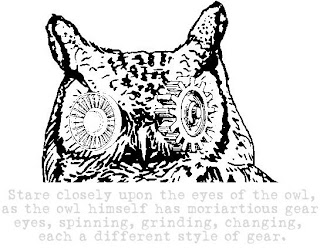Pale Ravener of Horrible Meat

The Maldives is an island nation in the Indian Ocean connected by dozens of atolls, which are little ring-shaped islands. It is an area known for its sharks (over 25 types), and sharks are awesome, though I'm not sure exactly which one Herman Melville describes in this short poem, "The Maldive Shark," so maybe someone can help me:
About the Shark, phlegmatical one,
Pale sot of the Maldive sea,
The sleek little pilot-fish, azure and slim,
How alert in attendance be.
From his saw-pit of mouth, from his charnel of maw
They have nothing of harm to dread,
But liquidly glide on his ghastly flank
Or before his Gorgonian head;
Or lurk in the port of serrated teeth
In white triple tiers of glittering gates,
And there find a haven when peril’s abroad,
An asylum in jaws of the Fates!
They are friends; and friendly they guide him to prey,
Yet never partake of the treat—
Eyes and brains to the dotard lethargic and dull,
Pale ravener of horrible meat.
A few things about this poem draw me in. First, the word "phlegmatical" in the first line that, if not looked up, can be guessed at accurately using clues about the shark in the poem. A problem, sometimes, with words that come into poems and are not in the common vernacular is that they can seem a little pretentious, like the poet is talking down to you. In Melville's poem, published in the late 1800s, "phlegmatical" doesn't come off as pretentious but as a perfect fit: it makes the reader pay attention immediately, looks interesting, sounds interesting, and its definition fits (having an unemotional...disposition).
The most interesting aspect of this poem, though, has to be its perspective. Pilot fish congregate around sharks (and other species) in order to eat ectoparasites and loose scraps, and in Melville's poem we are with them, next to the shark, so the tension of the poem raises significantly. We are even inside the jaws, "an asylum." The metaphoric value held in "asylum" is that it is both a safe place and somewhere you do not want to be, or how Melville views the pilot fish's life, and this is another accurate and powerful word choice in "The Maldive Shark."
The last line strongly closes the poem while allowing the creation of the shark, one that is nasty, vicious, and dumb, to continue infinitely into some unknown. I'm not going to write much more about this now, but I'm definitely going to watch this a few times.
p.s. To see a "text-flow" of this poem on the Academy of American Poets website click here.
image source









